Last updated on
Explore the key differences between French Doors and Side-by-Side refrigerators. Determine which style best suits your kitchen needs and preferences.
When it comes to choosing a refrigerator for your home, there are many factors to consider. One of the biggest decisions you’ll have to make is whether you want a French door or side-by-side refrigerator.
Both options have their pros and cons, so it’s important to weigh them carefully before making a decision. As a seasoned home decorator with plenty of experience in kitchen design, I’m here to help break down the differences between these two popular refrigerator styles and help you choose the one that’s right for your needs.
So let’s dive in!
Key takeaways:
- French door refrigerators are spacious and flexible in terms of storage.
- Side-by-side refrigerators are narrow and more affordable.
- French door models offer wider shelves, while side-by-side models offer more vertical space.
- French door refrigerators are more energy-efficient.
- French door models have a bottom freezer drawer for easy access, while side-by-side models offer more vertical space for larger items.
What's Inside
French Door Refrigerators
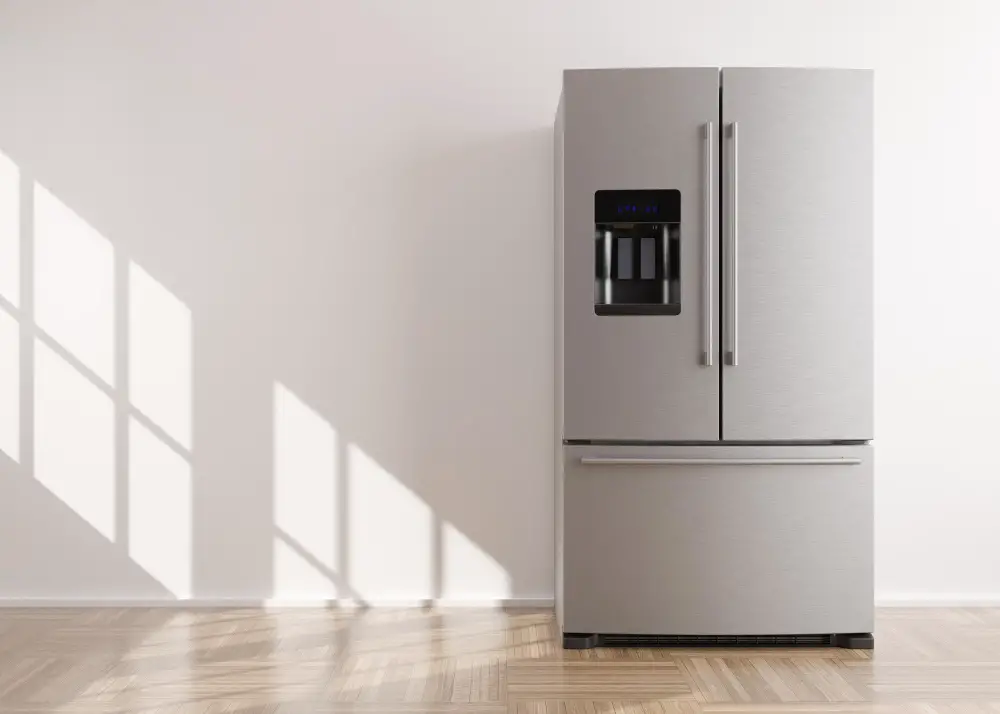
French door refrigerators are a popular choice for homeowners who want a stylish and functional appliance. These refrigerators feature two doors that open from the center, with the freezer located on the bottom.
One of the biggest advantages of French door refrigerators is their spaciousness, which makes them ideal for large families or those who like to entertain guests frequently.
Another benefit of French door refrigerators is their flexibility in terms of storage options. Many models come equipped with adjustable shelves and drawers that can be customized to fit your specific needs.
This means you can easily store larger items like party platters or tall bottles without having to rearrange everything else in your fridge.
One potential downside to French door fridges is that they tend to be more expensive than other types due to their advanced features and design elements.
Side-by-Side Refrigerators
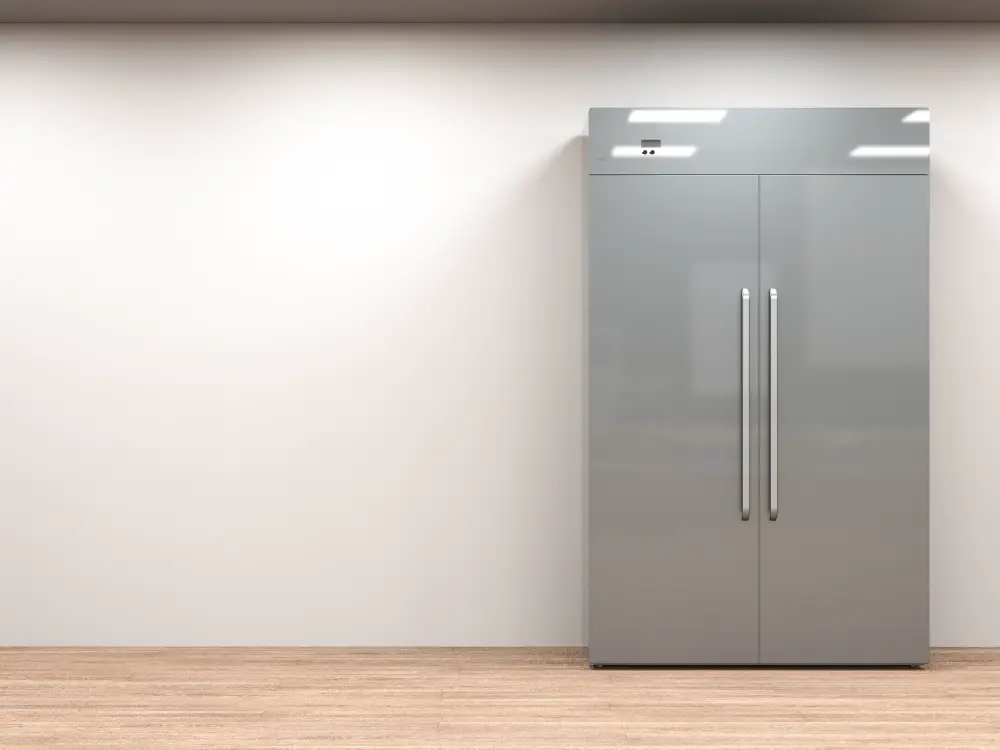
These refrigerators feature two doors that open from the center, with the freezer on one side and the refrigerator on the other. One of the main benefits of this style is that it allows for easy access to both fresh and frozen foods without having to bend down or reach up high.
Another advantage of side-by-side refrigerators is their narrow profile, which makes them ideal for smaller kitchens or homes with limited space. They also tend to be more affordable than French door models, making them a great option if you’re looking for an economical choice.
However, there are some downsides to consider as well. Side-by-side models typically have less storage capacity than French door options since they have narrower shelves and drawers in both compartments.
This can make it difficult to store larger items like pizza boxes or large platters.
Some users find that having two separate compartments can lead to uneven cooling throughout each section since air doesn’t circulate as freely between them compared with other styles like top-freezer models.
Space and Layout Comparison
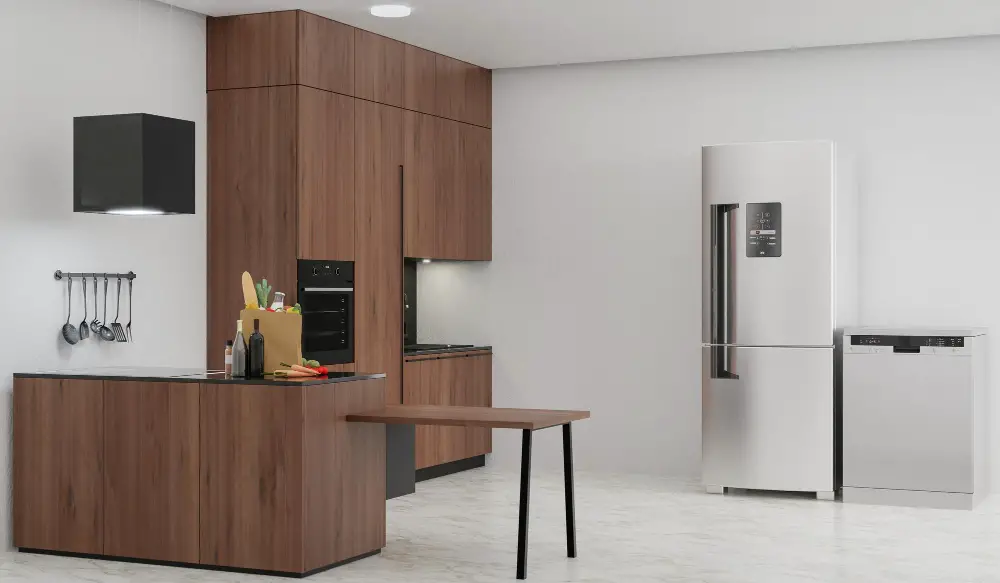
French door models typically offer wider shelves that can accommodate larger items like pizza boxes or platters. They also tend to have more flexible storage options, with adjustable shelves and bins that can be moved around as needed.
On the other hand, side-by-side refrigerators are generally narrower than their French door counterparts but offer more vertical storage space for items like bottles or tall containers. The freezer is often located on one side of the unit while the refrigerator is on the other, making it easier to access frequently used items without having to bend down.
Ultimately, your choice will depend on your specific needs in terms of how much food you need to store at any given time and what types of containers you typically use.
Energy Efficiency
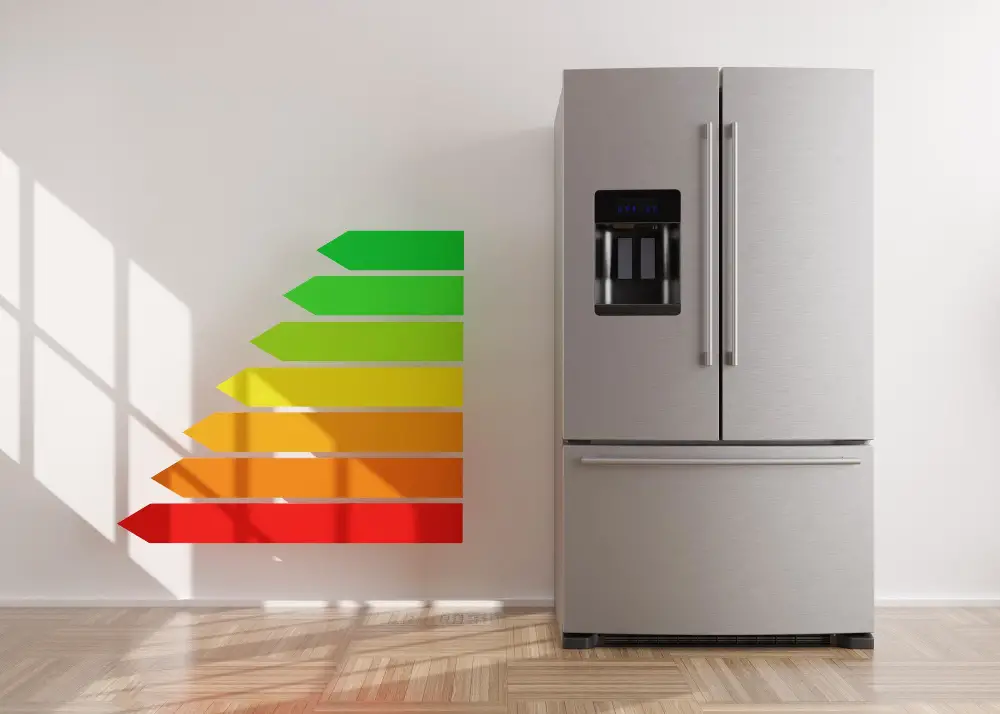
Both French door and side-by-side refrigerators are designed to be energy-efficient, but there are some differences between the two styles.
French door refrigerators tend to be more energy-efficient than side-by-side models because they have fewer doors and less cold air escapes when you open them. Many French door models come with features like dual compressors that allow you to control the temperature in different compartments separately, which can help save on electricity costs.
On the other hand, side-by-side refrigerators often have smaller doors that make it easier for you to access items without letting too much cold air escape. They also typically come with features like ice makers and water dispensers built into their doors which can increase their overall power consumption.
When shopping for a new refrigerator, look for models that are Energy Star certified as they meet strict guidelines set by the U.S Environmental Protection Agency (EPA) regarding energy efficiency standards.
Storage Capacity
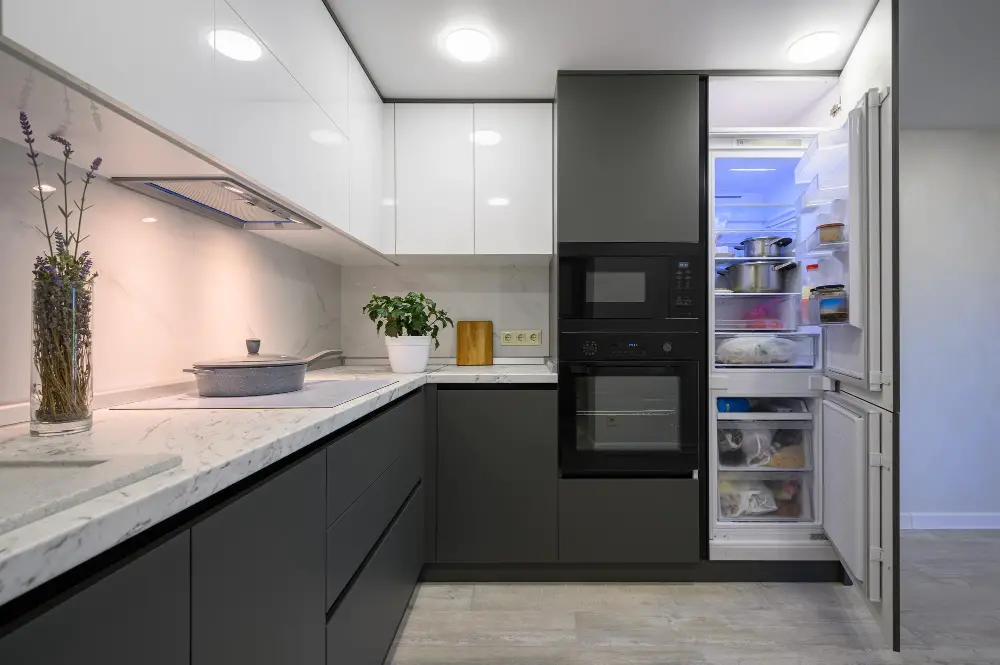
French door refrigerators typically offer more space for fresh food, with wider shelves and deeper compartments that can accommodate larger items like pizza boxes or party platters. They also tend to have more flexible storage options, such as adjustable shelving and sliding bins.
On the other hand, side-by-side refrigerators are better suited for those who need equal amounts of freezer and fridge space. The vertical split design allows for easy access to both compartments without having to bend down or reach up high.
When it comes down to it, your choice will depend on your specific needs in terms of what you plan on storing in your refrigerator.
If you frequently entertain guests or cook large meals at home, a French door model may be the way to go; if you need equal amounts of freezer and fridge space but don’t want a bottom-freezer model (which we’ll discuss later), then a side-by-side option might be best suited for you.
Accessibility and Convenience

French door refrigerators have a bottom freezer drawer that slides out, making it easier to access items stored at the back of the fridge. The refrigerator section is also conveniently located at eye level, which means you don’t have to bend down as much to reach for items.
On the other hand, side-by-side refrigerators offer more vertical space for storing larger items like pizza boxes or tall bottles. However, this design can make it difficult to access certain foods stored in narrow compartments on either side of the fridge.
Design and Aesthetics
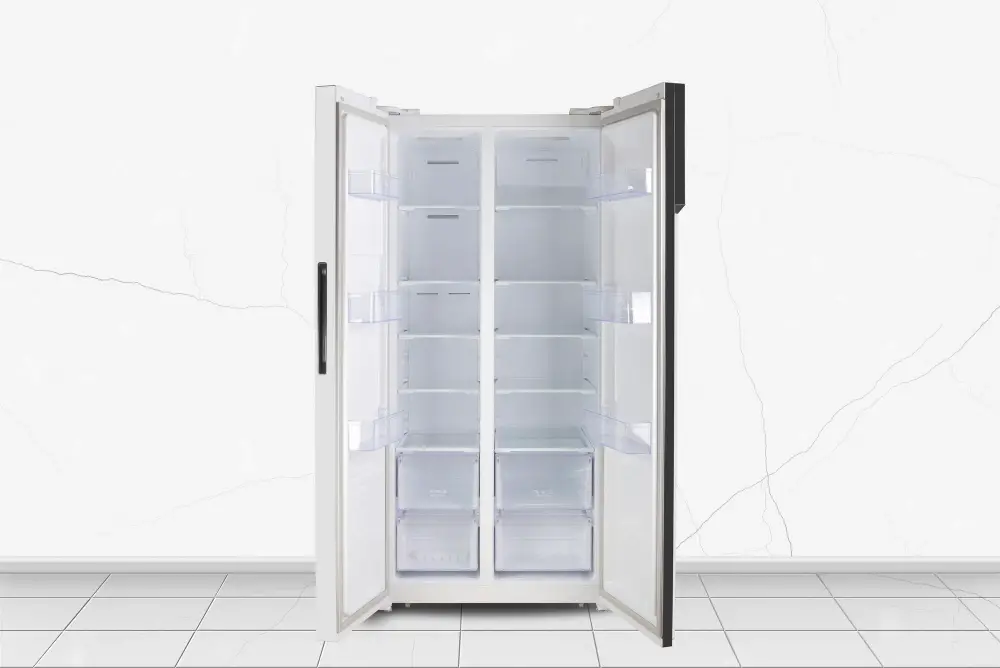
French door refrigerators are known for their sleek, modern look with two doors that open up to reveal the fridge compartment. They often have a bottom freezer drawer that slides out for easy access.
On the other hand, side-by-side refrigerators have a more traditional look with two vertical doors that open up to reveal both the fridge and freezer compartments side by side.
Both styles come in various finishes such as stainless steel or black stainless steel which can complement any kitchen decor style from contemporary to farmhouse chic.
However, if you’re looking for something unique or want your refrigerator to blend seamlessly into your cabinetry then French door models may be more suitable since they offer custom panel options.
Price Differences

When it comes to French door vs. Side-by-side refrigerators, there can be a significant price difference between the two styles.
Generally speaking, French door models tend to be more expensive than their side-by-side counterparts due to their larger size and additional features such as dual ice makers or smart technology. However, this isn’t always the case – some high-end side-by-side models can also come with hefty price tags.
Ultimately, your budget will play a big role in determining which style of refrigerator you choose. It’s important to consider not just the upfront cost but also factors like energy efficiency and long-term maintenance costs when making your decision.
When shopping for either type of refrigerator make sure you compare prices across different brands and retailers before making your final decision so that you get the best value for money without compromising on quality or functionality.




